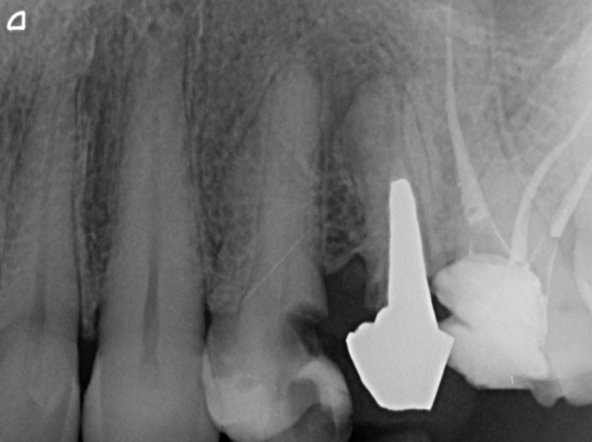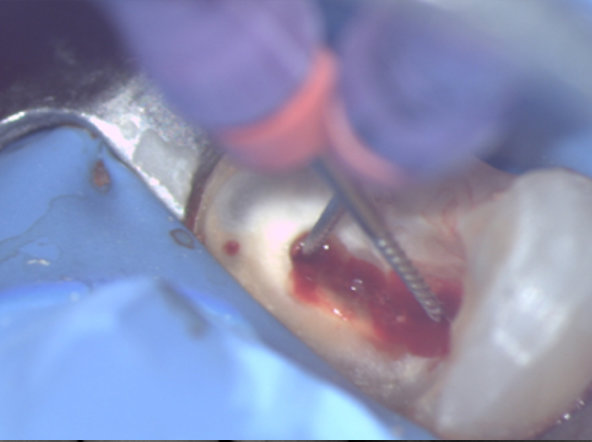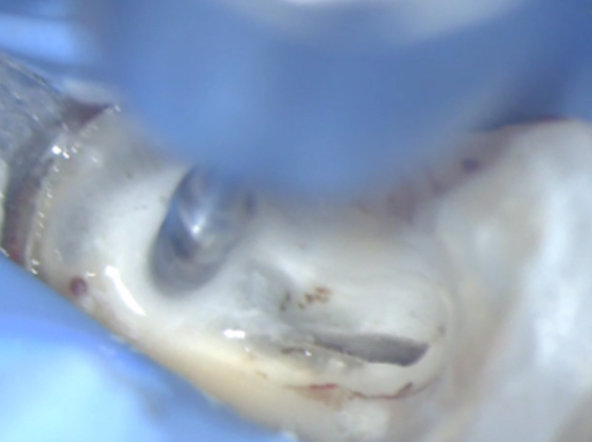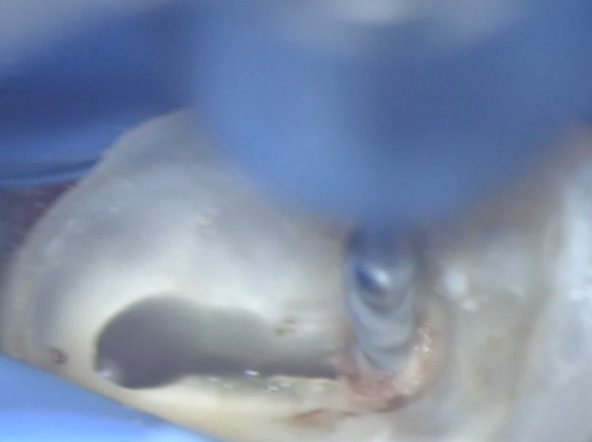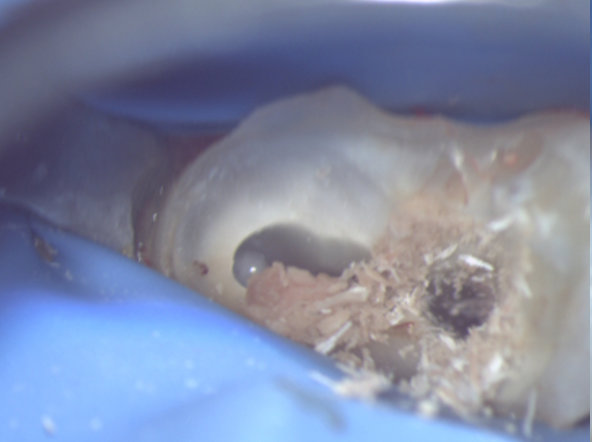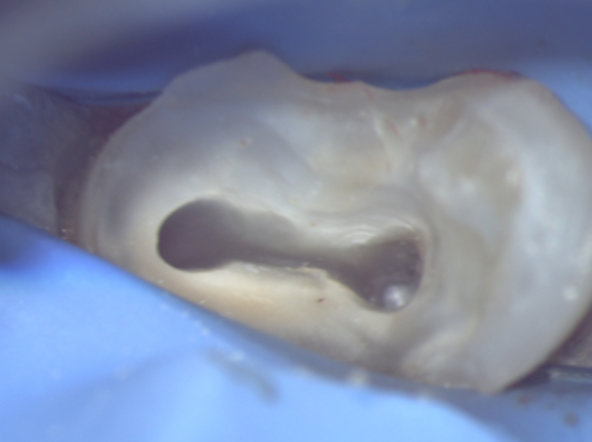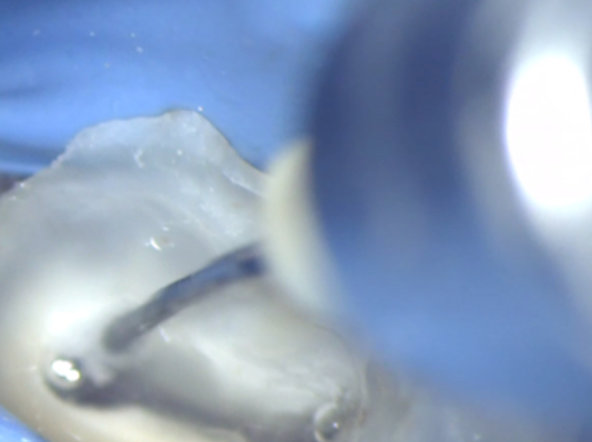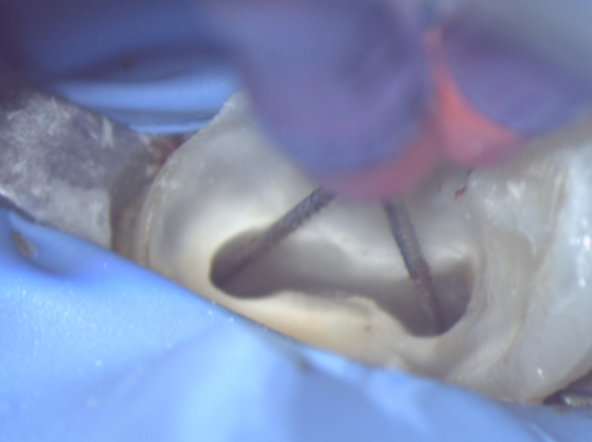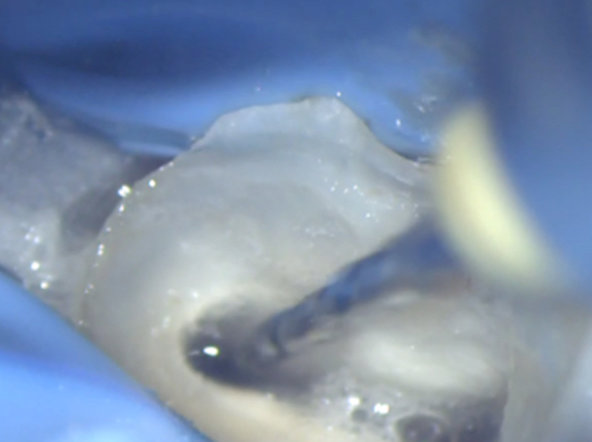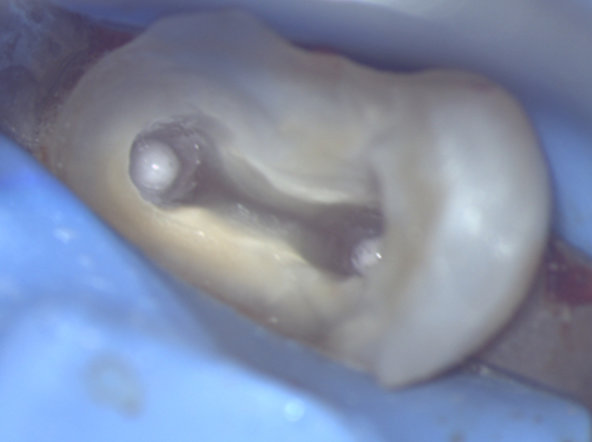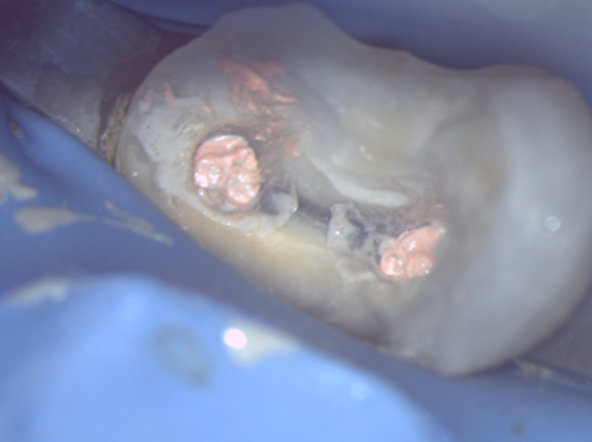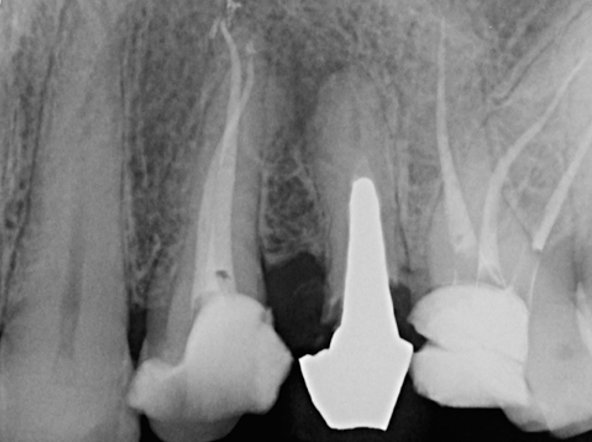Glide path development is an important and indispensable step in the root canal preparation. The initial scouting is performed with a hand file. One G is strongly indicated in case of canals difficult of access (narrow, highly mineralized canals or canals with strong curvatures), when hand files are not sufficient.
The single-use and sterile NiTi rotary file for glide path development
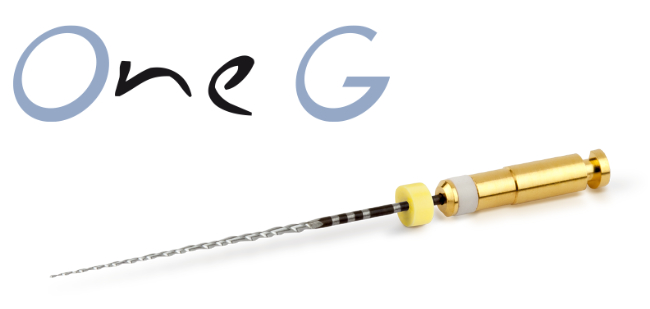
Ease of use and simplified instrument management
- Ready-to-use and discarded file after use
- Well-known and recognized instrumental dynamics (in and out movement)
Efficiency
- One single instrument to save time for the complete endodontic treatment
- Active file which removes part of the organic canal content
Safety
- Smooth progression, excellent ability to negotiate curves, particularly in thin and curved canals
- Resistance to instrument breakage and unwinding
- Less risk of endodontic errors (creation of ledge, false canal, canal transportation, etc.)
- Infection risk control thanks to the sterile blister
Clinical cases




